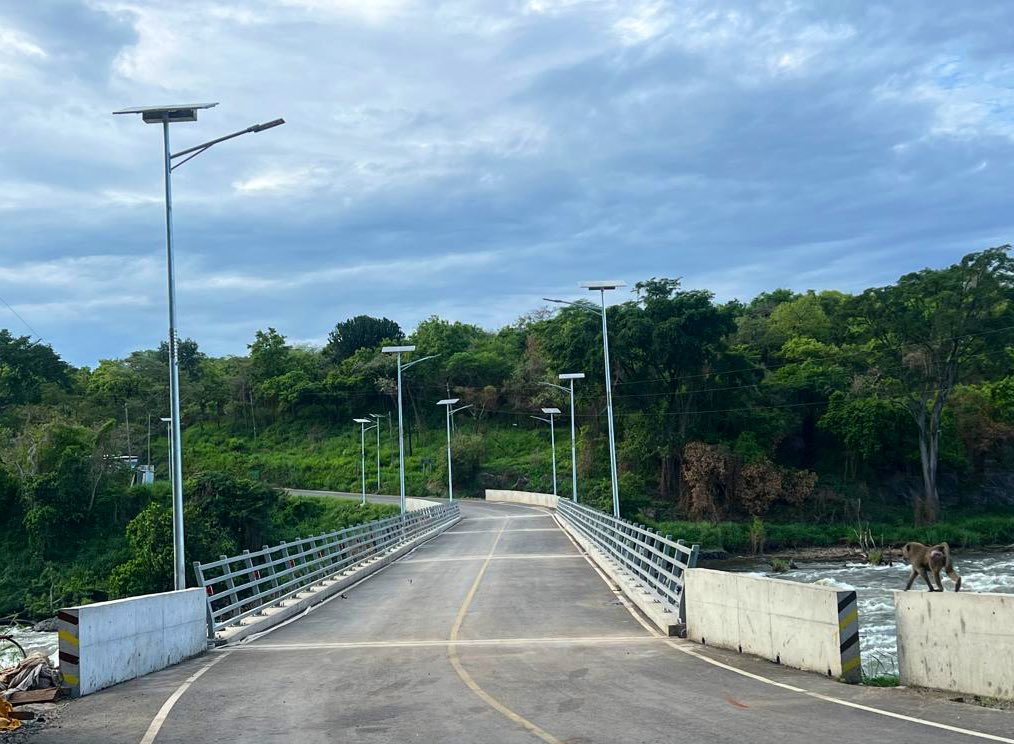The Karuma Bridge, a vital link between northern and southern Uganda, officially reopened to all traffic on Monday after undergoing weeks of rehabilitation.
The 62-year-old bridge has been significantly improved with new safety and security features. For the first time in its history, it now has streetlights, enhancing night visibility and reducing the risk of accidents.
The upgrade also included widening the bridge to support safer driving and reduce the likelihood of collisions. Additionally, new expansion joints were installed and cured—essential components that allow the bridge to expand and contract with changing temperatures and traffic loads. According to Allan Ssempebwa, Communications Officer at the Ministry of Works and Transport, these enhancements are expected to extend the bridge’s lifespan by over 15 years.
While some minor works are still ongoing—such as the installation of guardrails, additional lighting, river training, reflective cat’s eyes, and painting of steel plate girders—they are not expected to disrupt traffic flow.
The reopening of Karuma Bridge was coordinated with the partial reopening of Ayago Bridge along the Karuma-Olwiyo road, which remains under rehabilitation.
For travelers, the reopening comes as a major relief. During the closure, traffic was diverted through Jinja, Soroti, and eastern Uganda, or via Paraa and Pakwach to the west, and the Masindi Port–Apac Ferry—doubling both travel time and distance.
The bridge’s strategic importance extends beyond Uganda’s borders, serving as a key corridor for trade and transport with South Sudan and the Democratic Republic of Congo.
Looking Ahead: A New Karuma Bridge
Ssempebwa noted that before the extended 15-year lifespan ends, a new Karuma Bridge will be constructed at the same site. Funded by the government of Japan, the new project is backed by a grant agreement signed last month, amounting to 4.939 billion yen (approximately UGX 121 billion), through Uganda’s Ministry of Finance, Planning and Economic Development.
This modern bridge will resemble the Nile Bridge in Jinja, featuring an elevated design that enhances safety, smooths traffic flow, and improves regional connectivity. One key benefit will be the removal of sharp curves on the current structure, which have contributed to frequent accidents.
Finance Minister Matia Kasaija emphasized that the new bridge will also boost tourism in Murchison Falls National Park, which the Kampala–Gulu highway traverses.
The current Karuma Bridge, built in 1963, one year after Uganda’s independence, is increasingly inadequate for the growing volume of traffic. It remains a single carriageway with no pedestrian or bicycle lanes and limited monitoring capabilities.
The Ministry says the upcoming bridge will feature dedicated bicycle and motorcycle lanes and be modeled after the New Jinja Bridge—offering a safer, more modern alternative.
Construction of the new Karuma Bridge is scheduled to begin in June 2026 and is expected to take three to four years to complete.


